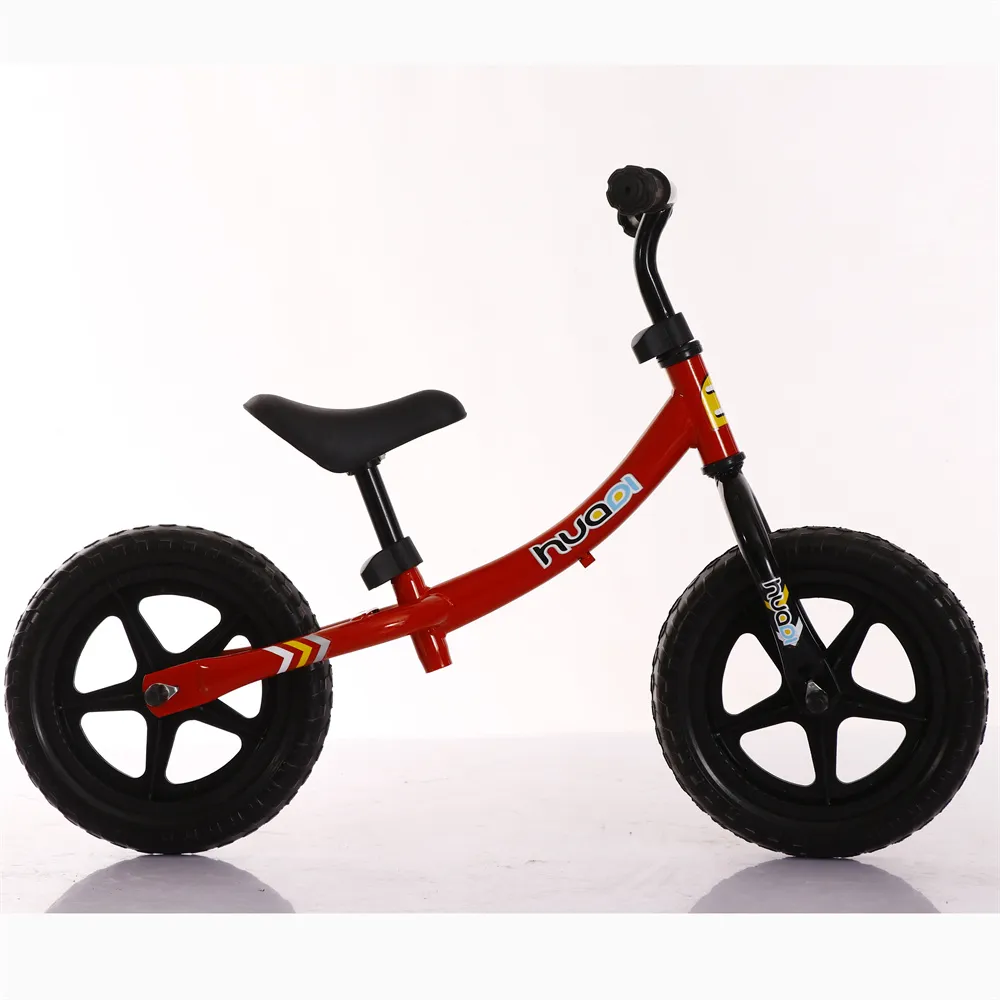Fun and Safe Ride-On Toys for Kids to Explore and Enjoy Outdoor Adventures
The Joy of Ride-On Toys for Kids
Ride-on toys have long been a source of joy and entertainment for children, captivating their imaginations and encouraging active play. These toys, which can range from simple push cars to elaborate battery-operated vehicles, provide an array of benefits that contribute to the physical, cognitive, and social development of young children. In this article, we will explore the different types of ride-on toys, their developmental advantages, and tips for selecting the right one for your little adventurer.
Types of Ride-On Toys
Ride-on toys come in various shapes, sizes, and styles, catering to different age groups and preferences. One of the most popular choices for toddlers is the classic push toy or balance bike. These straightforward designs help young children learn to balance and navigate their environment while offering a sense of independence as they zoom around the yard or playground.
As children grow older, they often transition to more advanced ride-on toys, such as electric cars, scooters, and even ride-on animals. Battery-powered vehicles can provide thrilling experiences, mimicking real-life driving with functional features like working lights, sounds, and remote control capabilities for parents. These toys offer a fantastic way for children to engage in imaginative play, creating scenarios where they can be anything from race car drivers to superheroes in a high-speed chase.
Developmental Benefits
Ride-on toys are not only fun; they also provide multiple developmental benefits. Physically, these toys encourage children to use their gross motor skills. Steering, pedaling, or pushing a ride-on toy helps strengthen their muscles and improves coordination. As children navigate their surroundings, they practice spatial awareness and develop an understanding of their environment.
ride on toy for kids

Cognitively, ride-on toys ignite creativity and imaginative play. Children can invent diverse narratives during their playtime, which enhances their problem-solving skills and boosts critical thinking. For instance, when kids pretend to be on an adventure in their toy car, they learn to make decisions and negotiate their stories with other children, enhancing their imagination and storytelling abilities.
Socially, ride-on toys often promote interaction among peers. Whether they are racing to the finish line or enjoying a ride through the park, children learn to share, take turns, and collaborate during group play. These experiences foster essential social skills that are critical for their development, setting the stage for positive interactions in preschool and beyond.
Choosing the Right Ride-On Toy
When selecting a ride-on toy for your child, safety should be your top priority. Always look for toys that comply with safety regulations, have sturdy construction, and are appropriate for your child’s age and size. Toys with a wide base offer more stability, while features like grip handles and secure seating enhance safety during use.
Additionally, consider your child's interests and the intended play environment. If your child loves the outdoors, a durable and weather-resistant ride-on toy will allow for endless adventures in the backyard or at the park. Conversely, if space is limited, smaller ride-on toys might be better suited for indoor play.
In conclusion, ride-on toys are more than just playful diversions; they play a pivotal role in the healthy development of children. By encouraging physical activity, sparking creativity, and fostering social interactions, these toys create a rich landscape for learning through play. Choosing the right ride-on toy can lead to countless hours of fun and an invaluable contribution to your child’s growth and development. So, whether it's a sleek electric car or a bright red tricycle, there’s a ride-on toy that’s perfect for every little adventurer!
-
Baby Balance Bike OEM Service – Kids No-Pedal, LightweightNewsNov.10,2025
-
OEM Kids Bike Children Bicycle – Cheap Wholesale BicyclesNewsNov.10,2025
-
Kids Bike New Model 12–18 inch Boys & Girls Bike, AdjustableNewsNov.10,2025
-
China Cheap Price Safe Kids Bike for 10yo w/ Training WheelsNewsNov.10,2025
-
China CE-Certified Kids Balance Bike, Guaranteed QualityNewsNov.10,2025
-
Colorful Outdoor Flashing Carton Children Scooter for KidsNewsNov.10,2025
-
Best Price Kids Balance Bike – Superior Quality, No PedalsNewsNov.10,2025








